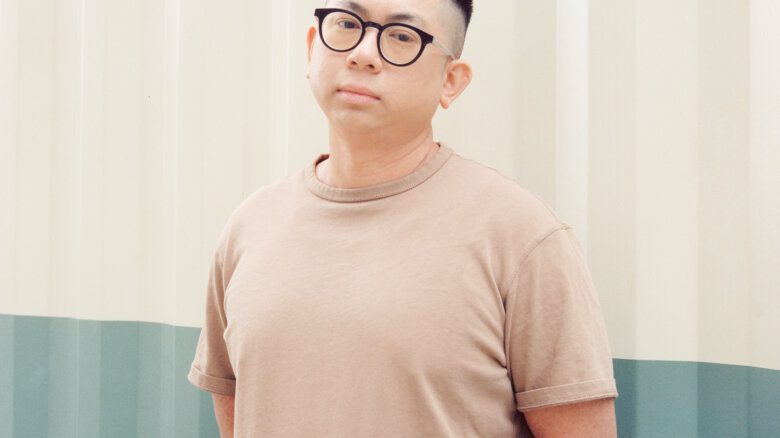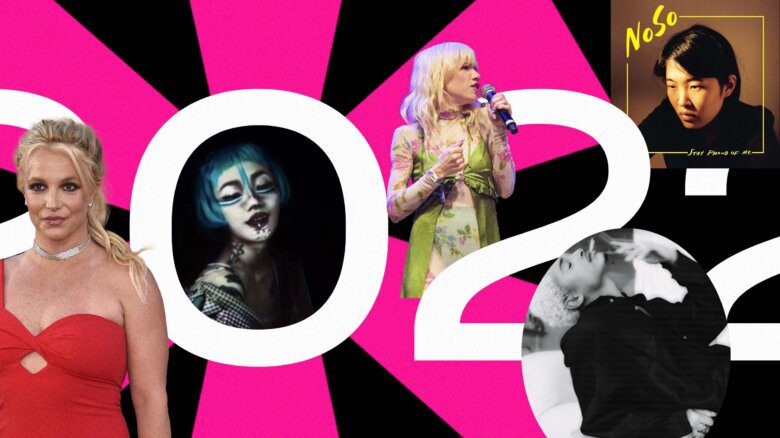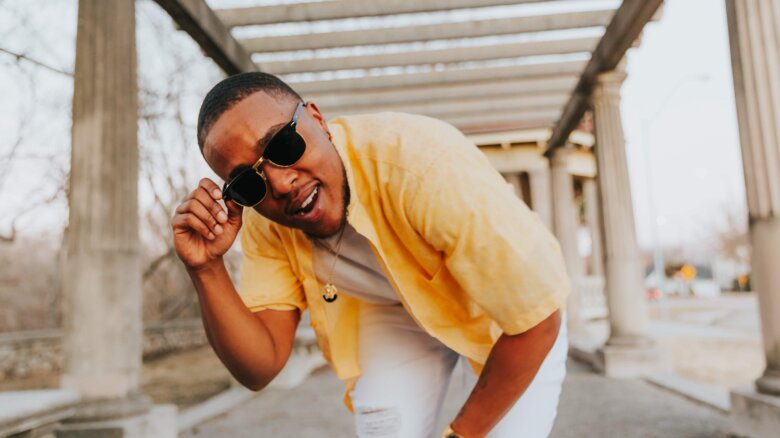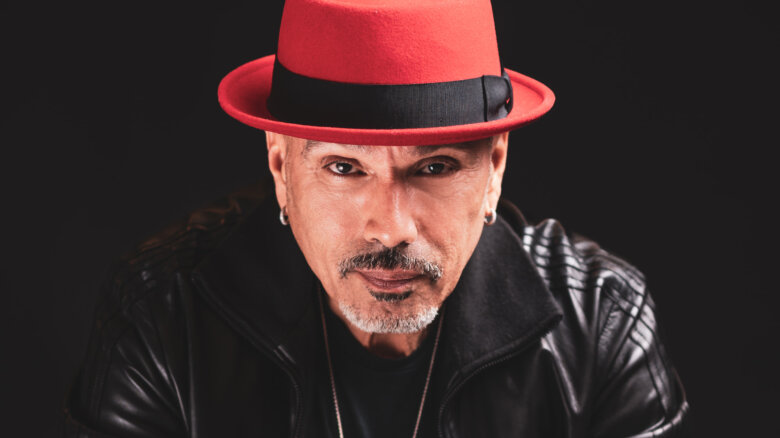In the years leading up to her debut album, STORRY lived multiple lives. The Toronto-based pop singer, born Dina Koutsouflakis, first embarked on her artistic path by studying classical music and opera. This led to her pursuit of writing original songs, until a romantic relationship with a producer turned abusive. In an interview last year with Global News, Koutsouflakis says she was pressured to work as an exotic dancer, while the control of her finances and social contact with loved ones were stripped away.
After several years, Koutsouflakis escaped her abuser and travelled to India and Thailand in an attempt to reconnect with her creative passions. While visiting a nature park, she observed elephants recovering from abuse and experienced an epiphany that reaffirmed her belief that music is the path she was intended to follow. Returning to Canada in 2015, Koutsouflakis began with a blank slate and explored various genres to rediscover her voice. A highlight of these years was her trip to Jamaica to record the reggae single “Another Man” with legendary artists Sly and Robbie Shakespeare, which earned her a 2020 JUNO nomination for Reggae Recording of the Year.
With the release of two albums in 2020, STORRY is now making up for lost time. CH III: The Come Up documents her trajectory as a woman exiting the sex industry to enter the music industry, only to discover that both are filled with misogyny. The album—which lost to Alanis Morissette’s latest for the 2021 JUNO for Adult Contemporary Album of the Year—comes complete with her astonishing video for “Up,” a self-produced claymation short film painstakingly completed over four months in her mother’s basement. This was followed by INTERLUDE-19, a visual album produced over 10 days in quarantine at Collabo Camp, an independent arts space in Tweed, Ont.
STORRY talks to Xtra about how identifying as pansexual has helped her forge a newfound sense of freedom, where all of her lives can come together as one.
I understand you became interested in music at a really young age. Can you tell me about your earliest memories of singing or writing songs?
I’ve been singing since I learned my ABCs. There’s a photo of me on my Instagram singing into a microphone when I was two or three years old. I don’t know my life without singing. I started writing songs around eight or nine. I would just make stuff up and sing it to my parents. That was my first time getting into music on a real level.
I grew up listening to the greats like Céline Dion, Whitney Houston and all the divas of the 1990s. That’s who I learned to sing from, and also Disney music. It’s quite difficult, complex stuff that’s more like musical theatre than anything else. After that I got into hip hop and R&B. I was in a gospel choir in my teens and then studied opera and classical voice.
Since then, I’ve dabbled in a whole bunch of genres. I went to Jamaica and did reggae music. I’ve written songs in the style of folk, rock and pop. It’s like learning a new language or trying a different type of cuisine. They all have unique things, like terms that you wouldn’t use anywhere else. I love tapping into these different sides of ourselves as humans.
How did you go on to study opera and classical music?
I was forced into it. The program that I went to in college required you to study it before moving into jazz the second year. I went in and was very reluctant, but my teacher said I could honestly be the next Maria Callas. She said I was phenomenal, but asked why I wasn’t practicing. I decided to take advantage of that opportunity, and ended up loving it. I learned how to use my voice in a new way, and decided to stay in classical for the second year. Then I went to the University of Toronto and was there for one year as well in classical voice.
I’ve always loved every genre of music. I’m a pretty eclectic person. I feel like I didn’t really fit in anywhere during school, because I’ve embraced many different sides of myself. Most people have those sides but they deny them, they fit themselves into a specific area because you can find a tribe easier that way. I didn’t find that. I always had friends from different groups of people and did my own thing. Wherever I fit, I fit. Whoever I liked, I liked. I think the way you do one thing is the way you do everything. I feel like it’s a reflection of the way my mind works in life.
Did you know you were queer at an young age as well?
I didn’t. I had crushes on women, but was still attracted to dudes so I didn’t think I needed to pursue it. It was never really a thought that I lingered on. Only recently did I allow myself the opportunity to explore that more. I think it’s because the world made that accessible. Back in the day, it was really unclear what it meant to be bisexual or pansexual. I think we get a lot of flack because it’s not obvious where we stand. It’s confusing growing up like that because you can still find pleasure in the opposite sex, so I decided to just pursue that.
“However somebody perceives themself, if I love them or are attracted to them, that’s all that matters.”
The reason that I gravitate towards calling myself pansexual is because it encompasses all genders. However somebody perceives themself, if I love them or are attracted to them, that’s all that matters. I love things that are less rigid and have always gravitated towards those kinds of structures. After being in a gospel choir and going to church where they said gay people were wrong, that turned me off even the right qualities that religion teaches people. Now I’m more under the umbrella of being a spiritual person. I believe in a universal consciousness. I believe in treating people well because we’re all cells in a body. We need to get along to make this body function. That’s how I perceive life now.
I understand your musical path was at one point derailed by an abusive boyfriend who pushed you into becoming an exotic dancer. Can you tell me a bit about those experiences?
I often put it under the guise of calling him an abusive boyfriend or ex, but now that I’m in a healthy relationship and know what that looks like, I know this wasn’t a relationship. I was being exploited. I was a worker for a pimp. I was under the impression that we were in a relationship, and that’s how it was sold to me.
That period was long, painful and numbing. I didn’t realize that I hadn’t laughed in all that time until I laughed again about four months after I left that relationship. It’s a phenomenal realization. You know when you’re a kid eating lots of junk food and feeling fine? Then when you start eating healthy, if you go back to the junk food you’ll realize just how bad you were feeling before. I had no idea that I was in a depression. Even when I was punched in the face, I didn’t believe I was being abused until I left that relationship. It’s so hard to explain the experience for anyone who’s never been in it. In my mind I thought I would never fall into that trap, but then I was in it and didn’t think there was a way out.
How were you finally able to escape?
The best way I explain abuse is this story: I went to India for three months and also went to Thailand during that time for two weeks. In Thailand, they have these elephant nature parks with rescued animals. Some of them had been injured and left on the side of the road [by their owners], but this woman who runs the park rehabilitates them. There’s no riding the elephants allowed, but you see the difference in their faces; the joy they have from not being in captivity is like night and day. I didn’t need to talk to them to know how they were feeling.
There was one elephant that had gotten pregnant and fallen down a hill. She ended up losing her baby and got depressed, so she refused to work. Her owners gouged her eyes out and left her by the side of the road. This woman from the nature park put her together with another elephant that now acts as the first elephant’s eyes. They do everything together. It’s her companion who helps her get around.
“It doesn’t matter if I had 10 streams or 10,000 streams, if my music helps save one person, it’s worth it.”
We watched a documentary about these elephants and how the process works. Their owners put them in a small pen where they can’t move around in a process called “spirit breaking.” They take them out of the crates once their spirit is broken and start to train them. If you see elephants in captivity, they often only have one chain around one of their legs. Even if they were in a circus tent that was on fire, they wouldn’t break themselves free. It’s because they don’t know their own strength anymore.
Once I learned that, I immediately had a rush of forgiveness for myself. I realized that I was that elephant who had been abused. I didn’t know my own strength or light. That’s what happens in abuse.
Since then, it seems like you’ve been going full steam ahead. What was the process like working on your debut album, CH III: The Come Up?
For me, the biggest part about making music is the impact and how people are transformed after listening. That was my driving force for pushing forward despite my trauma and lack of support. Even with the exploitation I found in the music industry, which brought back my PTSD, I had a really strong why: it doesn’t matter if I had 10 streams or 10,000 streams, if my music helps save one person, it’s worth it. I can make change by being the change.
Making music is very therapeutic. It’s almost a purge. There are a lot of people in the industry who told me I was doing it wrong, so that was often painful. I wouldn’t say it’s been the most amazing experience, and CH III: The Come Up is about that. You can hear me singing about the parallels between the music industry and the sex industry. Coming from that world, I was also fetishized by people who wanted to sleep with a stripper. In some ways, the sex industry is better because at least it’s more transparent.
How much work did it take to create the claymation for your “Up” video?
I didn’t have the money, resources or connections to make these fantastic videos I had in my brain. I was listening to “Up” when I was driving back from L.A. with my cousin and suddenly had the idea to make an animated video. It seemed like something that could be in a Disney or Pixar film. I just had a vision in my brain and the story behind it.
Everyone told me not to do it. They told me I would waste my time and it would be so much work, but the artist in me told me that I had to do it. I got back home and called up two of my friends who had also never worked on a clay animation: my buddy Roland is a restaurant manager who doesn’t make any kind of art at all, and my other friend Charlotte is quite an amazing makeup artist.
We honestly thought it would be a one-month project and had now idea how long it would take. I drew the storyboard and, honest to God, we fucking made it happen. There’s almost no scene in that storyboard that we didn’t figure out how to do. I wanted to figure out how I could get special effects and aerial shots on a very small budget. I don’t have a crane and could never afford to hire anyone to do this stuff on a normal shoot. You can do a lot more with clay, but it just takes time. Time is money, but I decided to make the time. It’s one of my proudest achievements to date.
Can you tell me a bit about the Collabo Camp where your new album INTERLUDE-19 was recorded?
It’s a thing that my friends are developing. They have 100 acres of land out in Tweed [a town of about 6,000 people in Ontario] with all of these tiny homes and a little recording studio. When I was there it wasn’t open to the public. Some people go up there just to be in nature, but it’s intended to be a space for artists.
What’s next for you?
Right now, I’m applying for lots of grants. During the pandemic things have been really hard financially, so it just depends what I can get funded. My goals are to bring more light to CH III: The Come Up and INTERLUDE-19. Most people didn’t get a chance to experience them because of the pandemic. I’d like to get it out there and heard by a broader audience. Then, in the long term, I’d like to continue these chapters, because I have more stories to tell.
This interview has been edited for length and clarity.
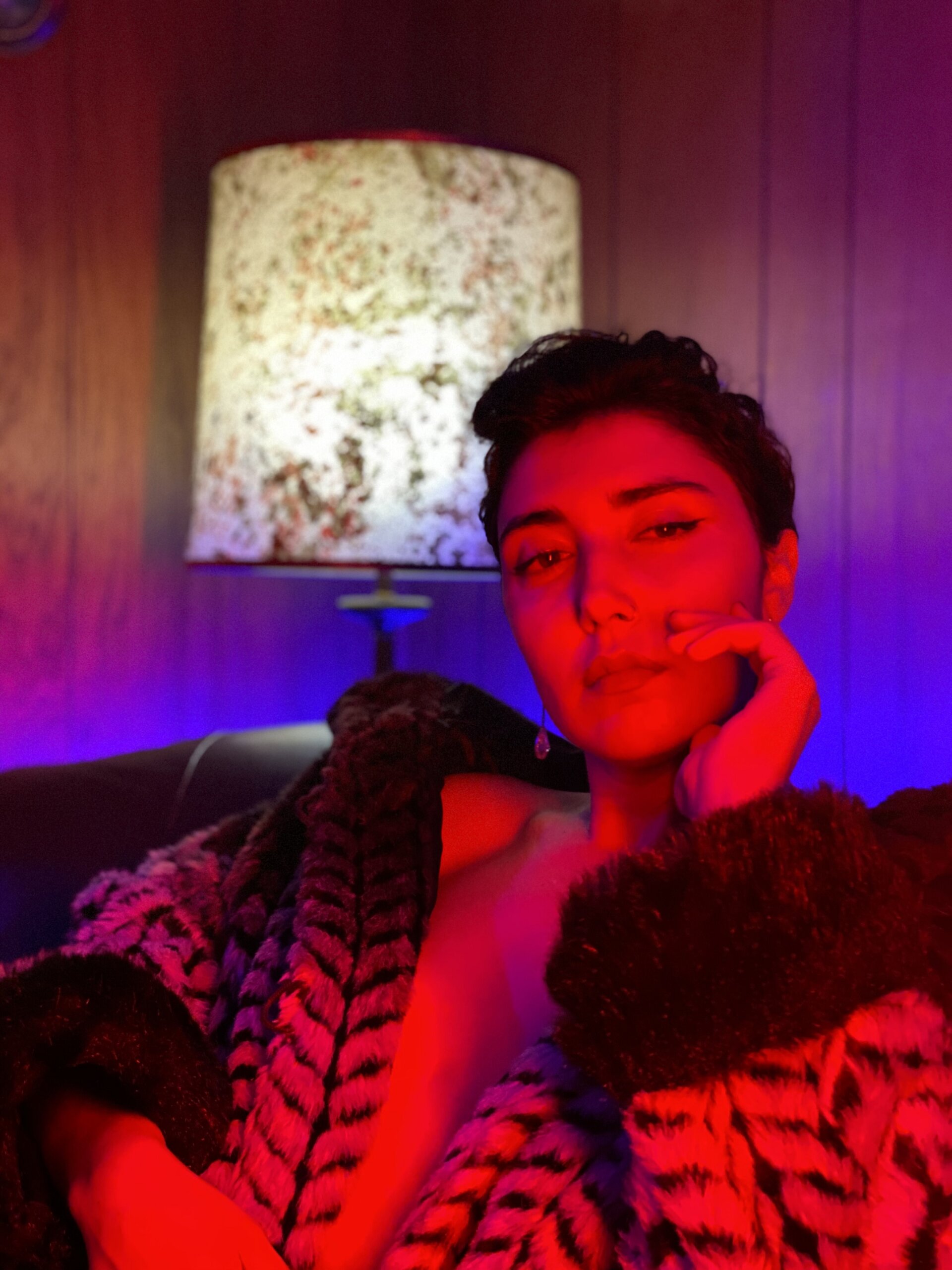
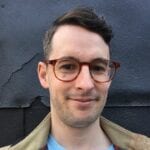
 Why you can trust Xtra
Why you can trust Xtra